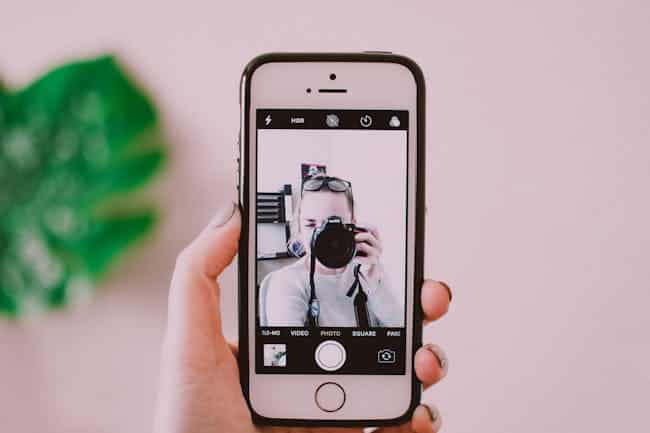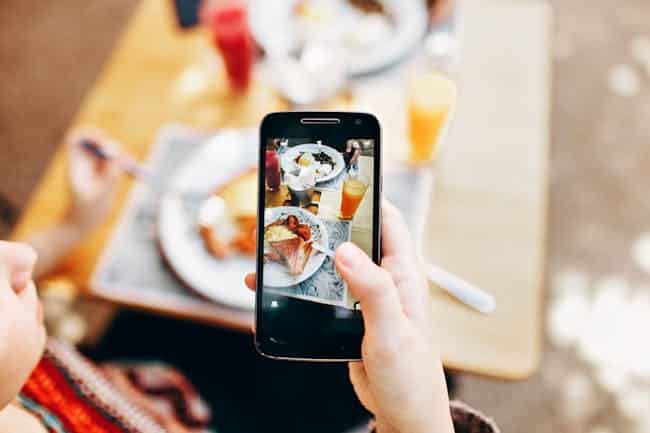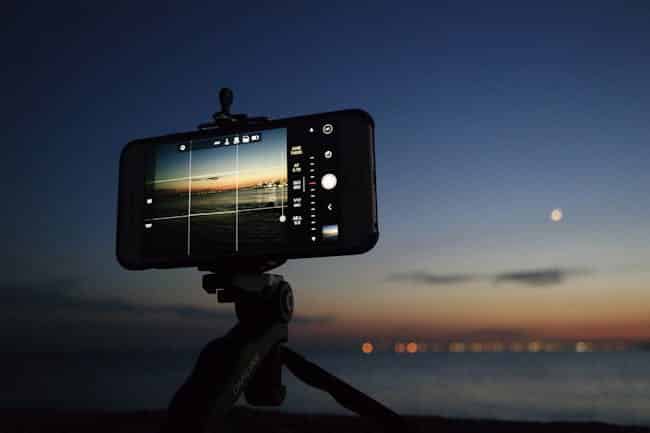How to avoid taking grainy photos with your smartphone
Taking a picture with your smartphone often results in grainy photos due to their tiny camera sensors. Usually, computational photography is applied to improve images.
MakeUseOf says it involves using software that “makes images look how they should instead of using the image straight from the sensor.” That is why smartphone pictures often look pixelated and poor-looking.
However, better snaps with a phone camera may well be on their way with these tips:
1. Better lighting to avoid grainy photos

Photographers rely on copious amounts of lighting to improve their shots, no matter if they’re using a smartphone or a professional camera.
It’s ideal to face your subject roughly three-quarters of the way towards the light. Consequently, the light will hit your subject where your eyes would likely look.
READ: Your phone’s light sensor can spy on you
This technique will also provide the most detail where you want it. Find the best light source by holding the palm up in front of you.
Then, turn around until the source illuminates your palm adequately. However, avoid excessive lighting as it may ruin your smartphone photos.
2. Lower the exposure

Photo-editing software company Adobe defines exposure as “the amount of light that reaches your camera sensor, creating visual data over a period of time.”
Getting the right amount is a delicate balance. Too much leads to overexposed and faded-looking images, and too little may lead to grainy photos.
READ: Smartphone photography: 5 steps to capture magic with your phone
Before taking a photo, tap a spot in the viewing area where you want to adjust exposure. Next, slide your finger upwards or downwards to raise or lower brightness, respectively.
3. Try Pro Mode to lower ISO

Most smartphone camera apps toggle Auto Mode by default. You may avoid taking grainy photos by using Pro Mode instead.
Pro Mode lets you adjust numerous settings. Specifically, try setting the ISO as low as possible to reduce noise. Then, you may adjust the exposure by adjusting the shutter speed.
Lengthen the shutter speed if you lack light. Also, MakeUseOf recommends mounting your phone on a tripod if you reduce the shutter speed to slower than 1/20th of a second.
Learn more smartphone photography tips in this other Inquirer Tech article.